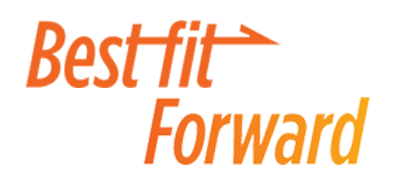If you are a regular reader of this blog, you've likely noticed that I've written only sporadically for the past few months. I've spent most of my time off-line, talking to people, swapping ideas, and writing, writing, writing while collaborating vigorously with two great colleagues, Deb Dib (@ceocoach) and Susan Britton Whitcomb (@susanwhitcomb) and heaps of other collaborators and co-conspirators. You'll learn exactly what we've been up to in March when JIST Publications publishes theTwitter Job Search Guide, but I'll also be sharing some information about what I learned along the way in the interim. And to that end, here is one of my biggest take-aways from attending Jeff Pulver's Los Angeles 140 conference on Twitter's impact and potential.
Kodak is doing amazing things with social media. You may think that traditional film has gone the way of the typewriter, but Kodak is showing no signs of obsolescence that I can see. (I won a Kodak Z18 video camera at the 140 conference which I love.) they are paving the way for innovations in communications--and while they are at it, they are sharing their own best practices.
For a great overall summary of social media platforms and trends, check out Kodak's free Social Media Tips Guide.
In addition to providing a broad overview of social media platforms, user demographics, and tips for getting started, Kodak shares their own employee-developed social media policies. These policies are a great go-to guide for both employers and employees--and a list of best practices that you can use if you haven't been given any guidelines for social media etiquette.
My co-authors and I liked them so much that we asked for--and received permission to--republish them in our upcoming book. But you can look at them here!
Kudos and Thank You, Kodak!




